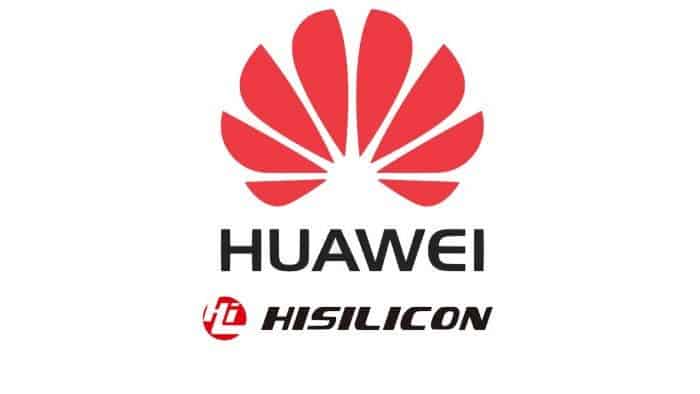Aggressive and massive attacks on Huawei by the United States led to the expected result – the company’s share in the smartphone market collapsed to a minimum and it lost all its advantage. The main problem is that it was stripped of a key component – the chip.
In the absence of its own production lines, Huawei had to rely on other manufacturers. In particular, it placed orders with TSMC. The US sanctions made it impossible to continue cooperation with the Taiwanese chip maker.
At first, the company was forced to use only old solutions, and later switched to Qualcomm chips, but without 5G support. It would be naive to think that such a state of affairs will suit Huawei and it will not take any steps to solve the problem. The company has redoubled its enthusiasm to invest in building the domestic semiconductor industry, and also retained the HiSilicon division, which continued to focus on chip design.
It seems that all the efforts were not in vain. The company recently released a teaser, which announced that it intends to return branded chips to the market this year. In particular, the promise to return to the market of mobile processors and fans are should follow the development of events.
This is all the information that Huawei has shared with a wide audience. We can only wait for the official news from the company. At the moment, questions remain open about who will be part of the production of chips; what kind of solutions they will be and whether they will offer support for fifth-generation networks.
![]()
Huawei ramps up chip investment in China
Huawei Technologies, which has lost the ability to buy most of the chips needed for the production of electronics due to US sanctions, is stepping up investments in companies that create semiconductor production and supply chains in China.
In 2019, around the same time that Washington began to impose sanctions on Huawei and other Chinese manufacturers; Huawei formed Hubble Technology Investment; which has provided financial support to 56 companies since its inception, according to analyst firm PitchBook.
These include emerging chip designers and manufacturers, as well as companies that make semiconductor components; develop design software, and release equipment for chip manufacturing.
PitchBook also said that nearly half of the investment was made in the past six months; as Huawei’s troubles are compounded by its limited ability to buy mission-critical chips made using US technology. Huawei said last month that it lost roughly a third of its revenue in 2021 due to US sanctions.
Huawei did not disclose the size of the investment; but according to the Tianyacha database that tracks corporate registrations in China, it has invested tens of millions of dollars in several companies.
China has made self-sufficiency in chip technology a national priority. But this proved to be a daunting task, and many of the initiatives have failed. According to Businesshala, at least six large Chinese chip projects have failed; in part due to the high complexity of developing high-performance chips and the enormous cost of such work.




